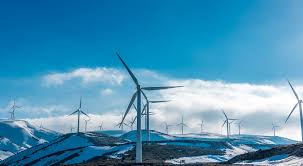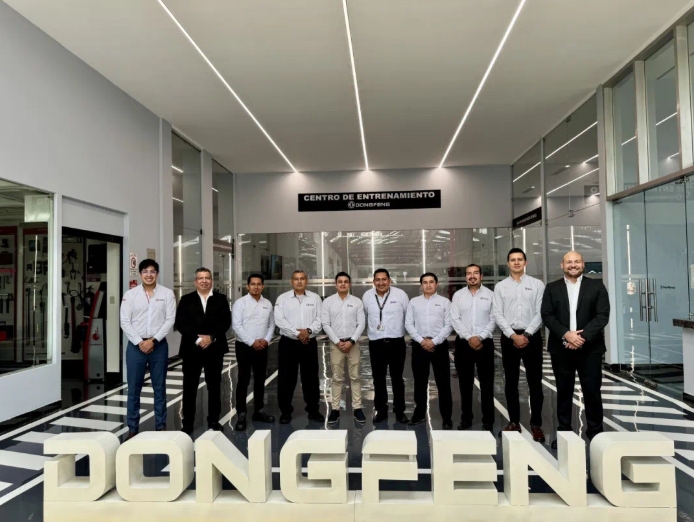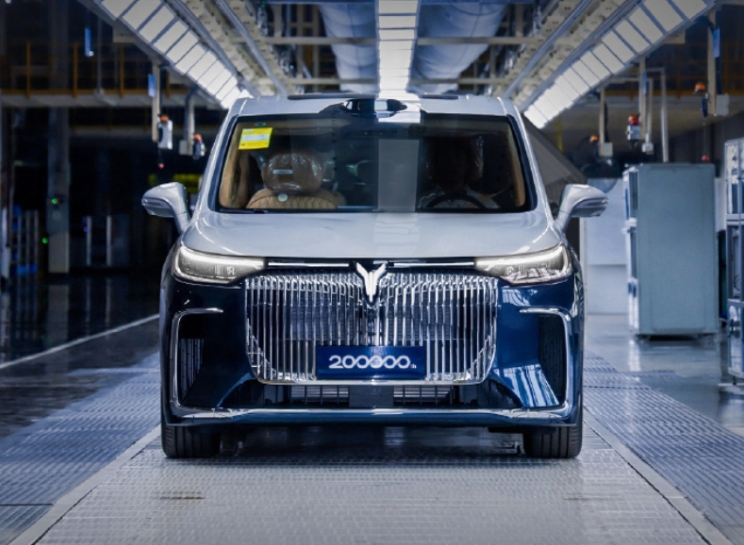
Low Carbon has been progressing plans for a wind farm at Invergeldie Estate near Comrie and St Fillans, with the latest designs reflecting feedback from consultation and further environmental surveys due to be unveiled at two public exhibitions.
The wind farm is part of an innovative wider strategy for Invergeldie by estate owners, Oxygen Conservation, that includes native woodland tree planting, restoration of peatland and wetland areas, and the reintroduction of lost species.
The masterplan aims to deliver a more prosperous and sustainable rural community for local people by improving biodiversity, reducing the impact of climate change, creating sustainable jobs, encouraging new businesses, improving access for walkers and cyclists, and supporting eco-tourism.
A report by leading economic impact specialists MKA Economics has found that potential benefits associated with the Glen Lednock project could include:
Community benefit funding of around £27.7 million over the proposed 40 year operational life of the wind farm, equivalent to nearly £700 000 a year (based on 2024 prices).
Investment opportunity with around £22 million potentially benefitting businesses in Perth and Kinross.
Supply chain opportunities for local businesses around turbine servicing, groundworks, construction, maintenance contracts, hospitality and accommodation.
New construction jobs, with up to 160 job opportunities within Perth & Kinross and 480 job opportunities across Scotland during the construction phase, not including multiplier effects in the wider economy.
Productivity benefits of £10 million in gross value added (GVA) in Perth and Kinross and £30 million in Scotland as a whole during construction, not including multiplier effects in the wider economy.
Operating and maintenance expenditure of £5 million per annum, with around £4 million of that potentially benefitting local businesses and people in Perth and Kinross, supporting around 30 new jobs and contributing £1.5 million per annum in GVA impacts.
Local taxpayer benefits of more than £1 million a year in payment of non-domestic rates to Perth and Kinross Council once the project is operational.
As part of plans to work with local communities in Strathearn, Low Carbon will partner with Foundation Scotland to convene a series of consultation and engagement activities in 2025 to inform the design and structure of the community benefit fund and to ensure it is in line with what local communities want.
The company is also offering communities the opportunity to take up shared ownership in the development, in line with Scottish Government best practice.
It is estimated the Glen Lednock Wind Farm could power nearly 106 500 homes per year, avoiding more than 110 000 t of carbon emissions and help to protect the local environment.
Craig Cunningham, Low Carbon Senior Project Development Manager, said: “Strathearn was a trailblazer in the 1950s with the development of a network of tunnels and the dam to form Loch Lednock as part of the hydro-electric revolution.
“However, the impacts of climate change are increasingly visible, threatening our planet globally, our country nationally, and at a local level.
“Today, we have an opportunity to harness low-cost wind power to deliver clean, renewable energy as part of a wider innovative biodiversity strategy for the Invergeldie estate. At the same time, it has the potential to deliver a major multi-million-pound package of social and economic benefits for local communities and businesses across the Perth and Kinross region.
“Working in partnership with local communities on the Glen Lednock project has been really important to us. We would like to thank local people, community councils and other organisations for their feedback in helping shape the latest design proposals, which we look forward to sharing at our public exhibitions next week.”
Public exhibitions are taking place on Monday 25 November from 4pm to 8pm at Sandison Hall, St Fillans and on Tuesday 26 November from 4pm to 8pm at the White Church, Comrie.
The new design proposals reflect feedback from consultations with local communities and statutory consultees over the past 12 months, as well as detailed ecological and ornithological surveys undertaken over the past two years.
Further surveys and community feedback will be incorporated into the final design prior to an application to the Scottish Government’s Energy Consents Unit in 1H25.







